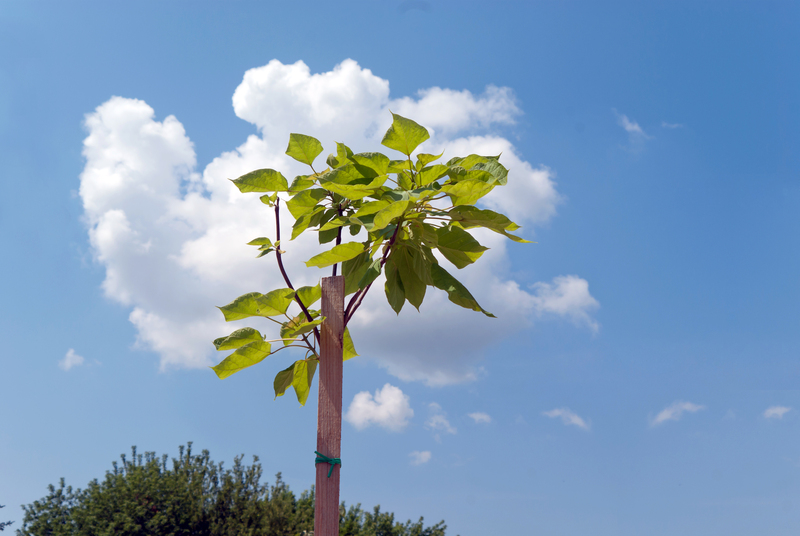Tips for creating a thriving garden in a small area
Posted on 19/05/2024
With urbanization and limited outdoor space becoming the norm, more people are turning to small gardens as a way to connect with nature and grow their own fresh produce. However, creating a thriving garden in a small area can be challenging. Limited space means careful planning and strategic use of resources is crucial. But with a few tips and tricks, you can transform even the smallest space into a beautiful and bountiful garden. In this article, we will discuss some tips for creating a thriving garden in a small area.
1. Choose the right plants
When it comes to gardening in a limited space, choosing the right plants is essential. Look for plants that are compact and have a high yield, such as cherry tomatoes, lettuces, and herbs like basil and parsley. Avoid plants that spread out too much or require lots of space to grow, such as pumpkins or watermelons. You can also consider vertical gardening by growing climbing plants like beans or cucumbers on trellises or walls.

2. Utilize containers
Containers are your best friend when it comes to small-space gardening. They come in all shapes and sizes, making them perfect for any area - from balconies to windowsills. They also provide portability, allowing you to move your plants around for optimal sunlight exposure. Plus, they help prevent overcrowding of plants in small spaces. Make sure to choose containers with good drainage holes and use potting soil specifically designed for container gardening.
3. Maximize vertical space
As mentioned before, vertical gardening is an excellent option for small-space gardens. Apart from using trellises for climbing plants, you can also utilize hanging planters or wall-mounted shelves or racks. These not only save space but also add visual appeal to your garden.
4. Companion planting
Companion planting is the practice of growing different plants together to benefit each other. In a small garden, this can be especially helpful as it maximizes space and helps with pest control. For example, planting marigolds with tomatoes can repel pests that would normally attack tomato plants.
5. Use organic fertilizers
In a small garden, it's important to use organic fertilizers instead of chemical ones. They are not only better for your plants, but also for the environment and your health. Plus, they provide long-term benefits by improving soil quality and promoting healthy plant growth.
Takeaways:
- Choose compact and high-yielding plants
- Utilize containers and vertical space
- Practice companion planting
- Use organic fertilizers

Pros:
Saves space
Increases yield
Provides portability
Adds visual appeal
Promotes healthy plant growth
Good for the environment
Cons:
- May require more frequent watering
- Limited variety of plants
- Containers can be expensive
In conclusion, creating a thriving garden in a small area is possible with the right planning and techniques. Choose the right plants, utilize containers and vertical space, practice companion planting, and use organic fertilizers. With these tips, you can enjoy a beautiful and productive garden no matter how limited your outdoor space may be. Happy gardening!







